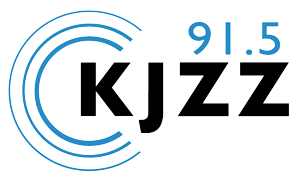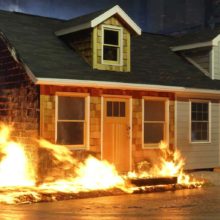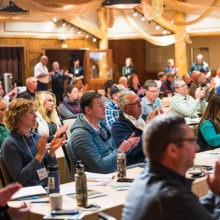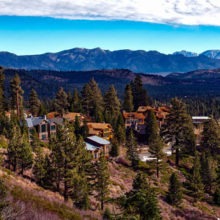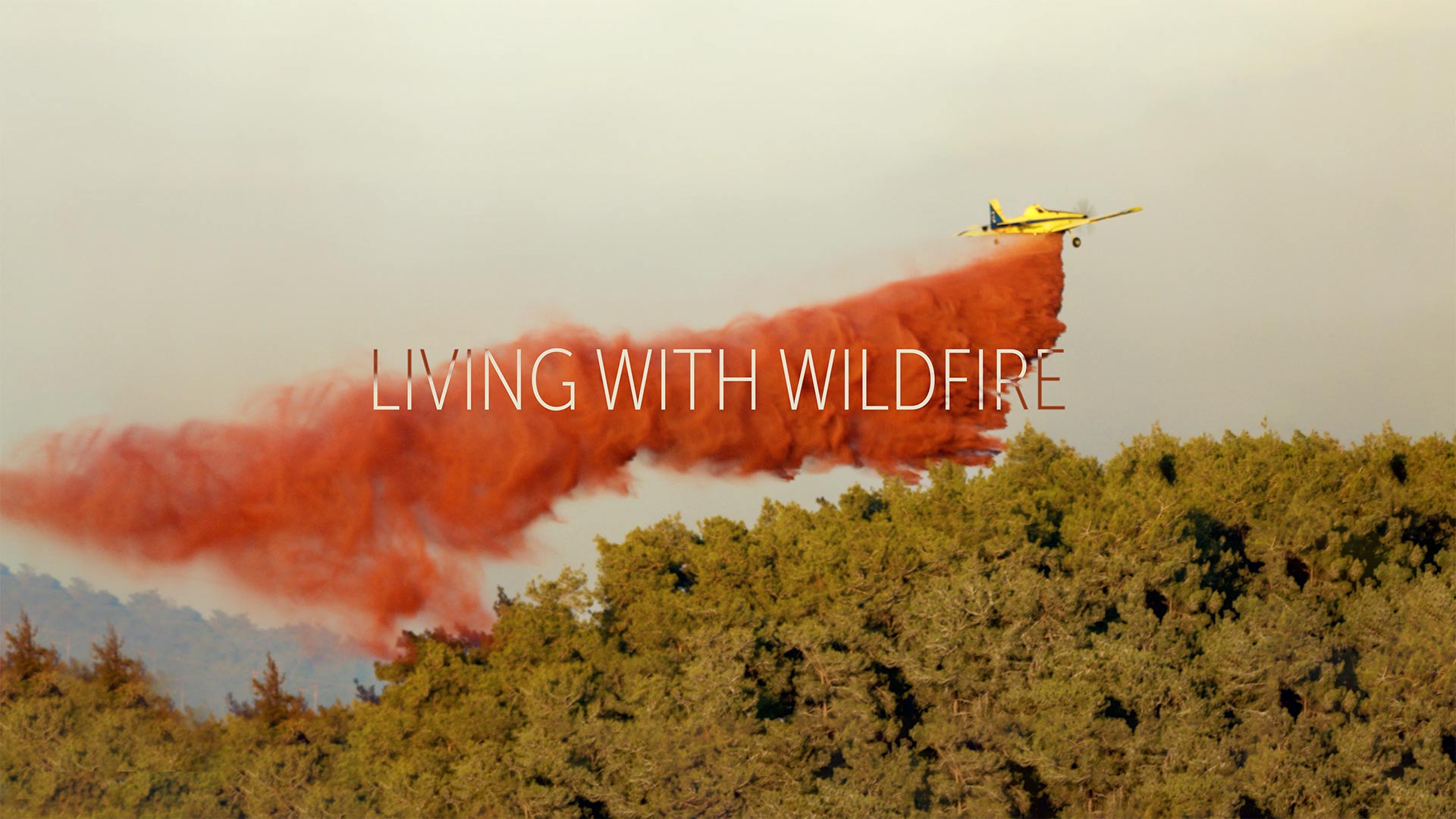
Living with wildfire
Wildfires are an inescapable and necessary function of healthy ecosystems. However, in the past decade they have increased in severity and duration, killed more people, and burned more structures.
Although we can’t – nor should we – suppress all fires, we can reduce the risk from wildfires to homes and communities, living with wildfire on the landscape.
We have solved these problems before.
After the catastrophic fires in Chicago, San Francisco, and other urban areas in the 1800s and early 1900s, society collectively decided to address how urban areas were built and designed in relation to fire. Today our cities and buildings have fire hydrants, interior sprinklers, fire alarms, and emergency exits.
City planning, zoning, building codes, fire codes, and infrastructure for fire protection have greatly reduced the destructiveness of fires in urban areas.
We can reduce risk in wildfire-prone areas by addressing:
- where we build, and
- how we build.
Reevaluating where we build
As more people seek to live in rural and forested areas, development on wildfire-prone lands is growing fast. Currently, more than a third of all homes are located in wildfire-prone lands commonly known as the wildland-urban interface (WUI). Now is the time to start planning our neighborhoods and communities to live alongside the increasing risk of wildfires.
Comprehensive land use planning can greatly reduce the destructiveness of wildfires in the WUI.
Regulatory tools such as zoning, subdivision ordinances, and building codes can reduce wildfire risks and encourage safer home development in high-risk areas.
Reevaluating how we build
We have the science, data, and research to know how homes burn down. Recent studies show that it’s not a large wildfire front that ignites homes, but windborne embers. The embers land on flammable surfaces such as roofs, wood decks and fences, near-home landscaping, or dried leaves and pine needles in gutters.
By modifying our building materials and designs, society can adapt to wildfires. Research has shown that a new home built to wildfire-resistant specifications can be constructed for roughly the same cost as a typical home.
We have the science, technology, and materials to build wildfire-resistant homes and neighborhoods on wildfire-prone lands.
A solvable problem
We know how to prevent homes from burning. This is a solvable problem from a physical standpoint. But it will require a collective effort from a social and cultural standpoint. Thoughtful land use planning, new zoning and regulations, and fire-resistant building materials and designs are needed to reduce wildfire risks to homes and communities.
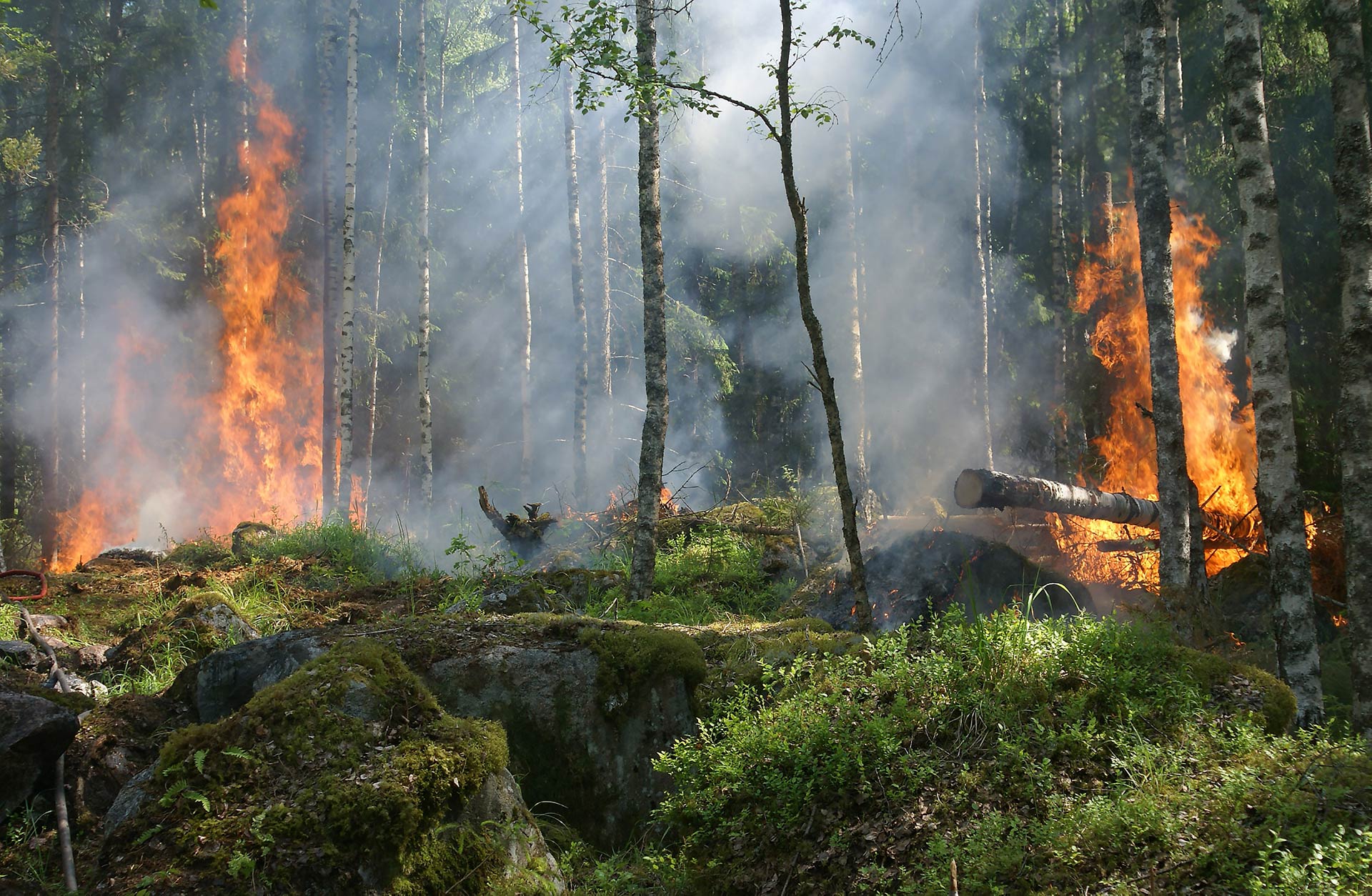
Community Planning Assistance for Wildfire
Community Planning Assistance for Wildfire (CPAW) works with communities to reduce wildfire risk through improved land use planning. The program is a program of Headwaters Economics, in partnership with the USDA Forest Service.
